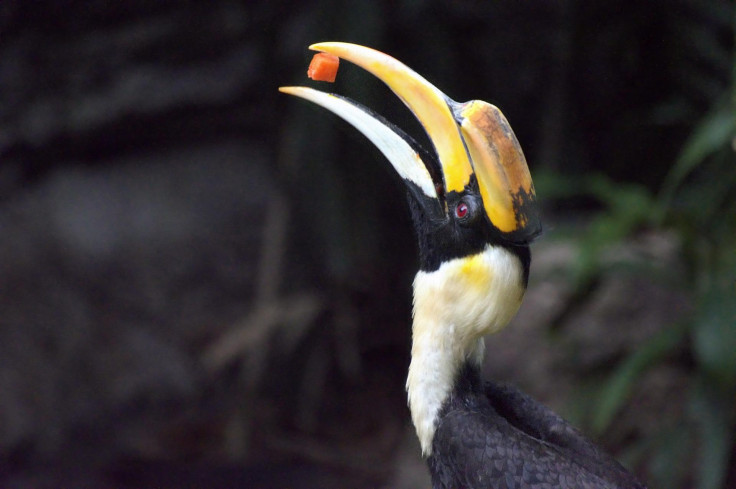Endangered Hornbill tortured to death in distressing video from India
A man could be seen hitting the bird on its wing cartilage while other men held it tightly on the spot.
A distressing video from the Indian state of Nagaland shows three men brutally torturing a Great Indian Hornbill. The video was shot in the Wokha district of Nagaland and was shared on Twitter by People for Animals India on Wednesday.
However, it is not clear when it was shot. "A video of an endangered Great Indian Hornbill being tortured in Wokha District, Nagaland went viral," the animal welfare organisation wrote in the post.
"A man could be seen hitting the bird on its wing cartilage while other men held it tightly on the spot. The bird drops to the ground, a man then can be seen pressing his foot on its neck and holding its beak shut with his hand," writes NDTV.
The local authorities have said that the three men in the video have been arrested. "After PFA's intervention, the Chief Wildlife Warden, Mr. Vedpal Singh, arrested the three accused under the Wildlife and Arms Act. They will not be released on bail," the organisation said.
A video of an Endangered Great Indian Hornbill being tortured in Wokha District, Nagaland went viral.
— People For Animals India (@pfaindia) June 15, 2022
After PFA’s intervention, the Chief Wildlife Warden Mr. Vedpal Singh arrested the 3 accused under the Wildlife and Arms Act. They will not be released on bail.
#wildlife pic.twitter.com/YwDCf6YSp4
The video triggered social media outrage, with people calling for strong action against the accused. Meghalaya Minister James K Sangma also took to Twitter to express his anger over the incident.
"I am deeply saddened and horrified about the brutality committed by a group of people against a Great Indian Hornbill that was tortured and killed in Nagaland," he said in the post.
The Great Indian Hornbill, a member of the hornbill family, is an endangered species found in the Indian subcontinent and Southeast Asia. It is listed as vulnerable on the International Union for Conservation of Nature (IUCN) red list.
According to IUCN, forest loss has led to a decline in its population as the bird prefers forests with large trees. "Because of its exceptionally large home range, the species requires extensive tracts of undisturbed forest and is unable to persist in areas where lowland forest has been reduced to small fragments," it stated.
The bird is also hunted for food, its casque and tail feathers, which are used by local communities as adornments.























